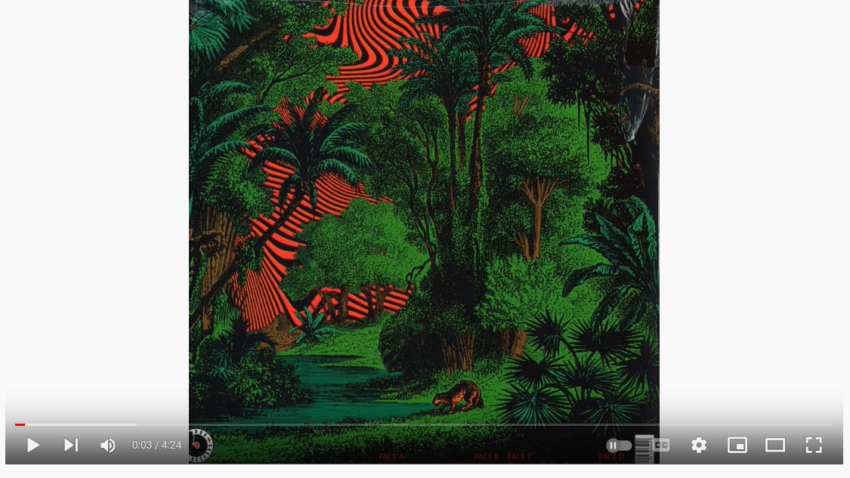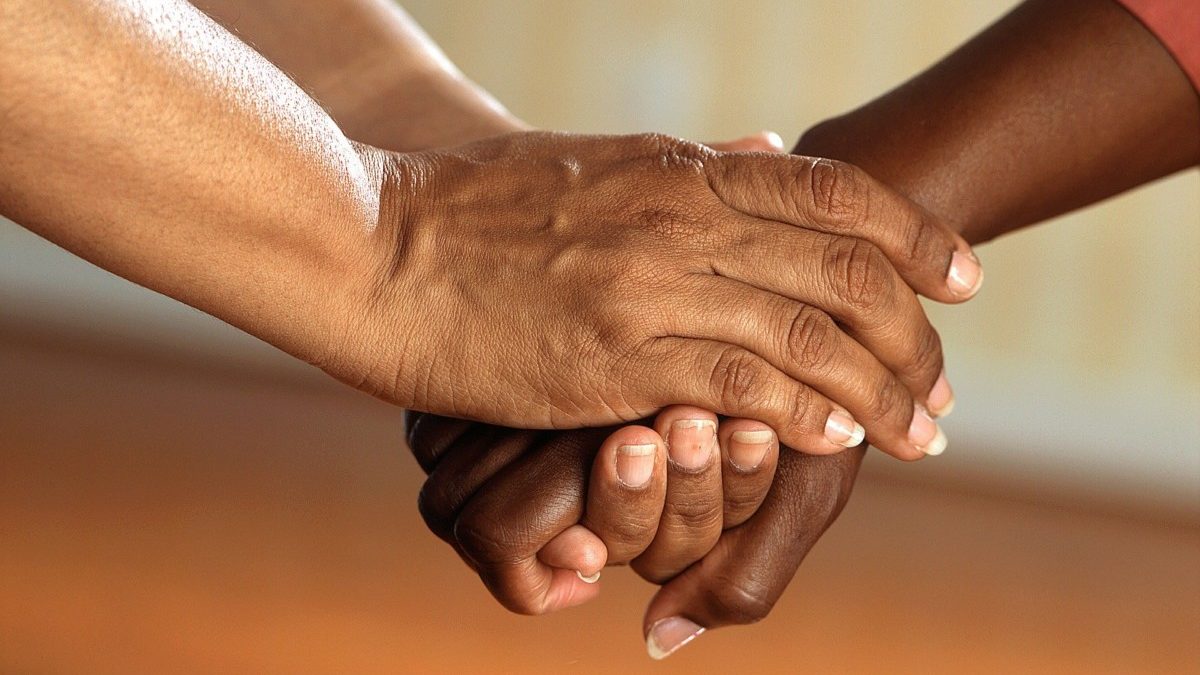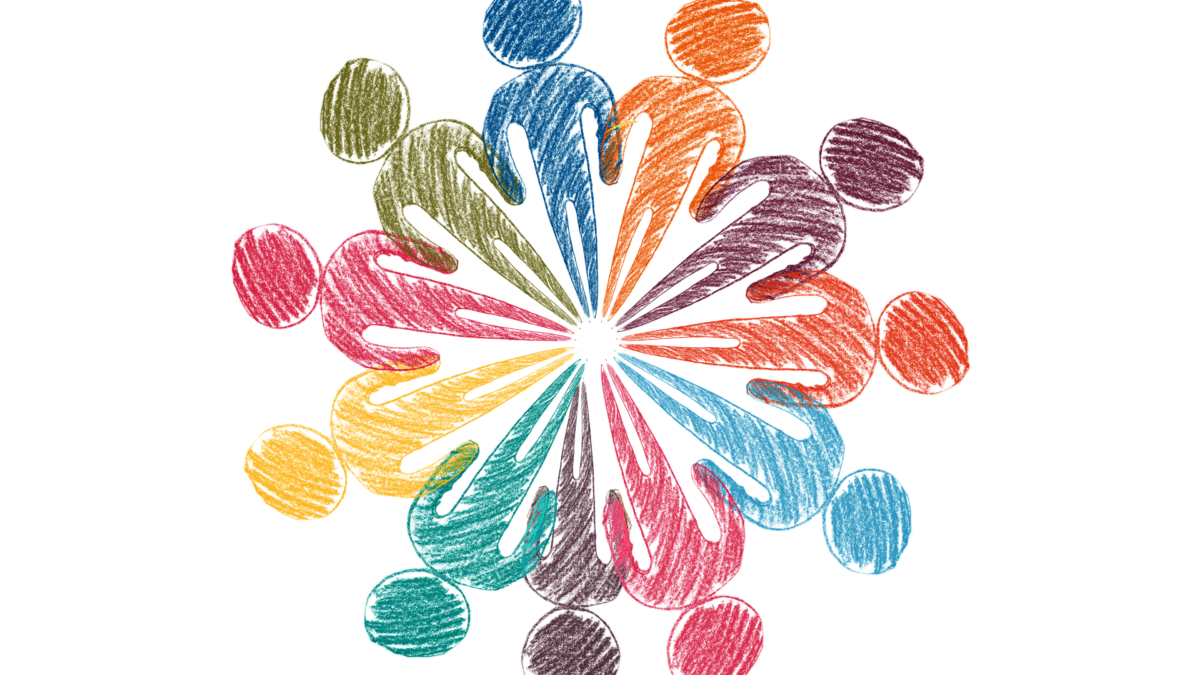by Rimona Afana, Visiting Scholar, Vulnerability and the Human Condition Initiative, Emory School of Law
Listening to Francis Bebey’s ‘Forest Nativity’ awakens my senses to the lush, pristine, cryptic rainforest. David Attenborough’s tales of the rainforest’s bizarre tiny denizens color my perception of sound. Now, the song instead warns me of smoke and ashes, greed and impunity.
 https://www.youtube.com/watch?v=rPXv2gm3yuI
https://www.youtube.com/watch?v=rPXv2gm3yuI
The Amazon is burning. Smoke from the blaze is enveloping nearby cities and can be seen from space. Since the beginning of this year, over 76,000 fires[1] have been documented in Brazil, most of them in the world’s largest rainforest. Amazon Watch notes in a recent report that the “ascension of the extreme right-wing politician Jair Bolsonaro to Brazil’s presidency profoundly exacerbates the country’s environmental and human rights crisis.”[2] Companies operating in the Amazon – linked to illegal deforestation, corruption, slave labor, and other crimes – trading with European and North American partners, are aided and abetted by the Bolsonaro regime, its cabinet members “serving as political operatives for the country’s agribusiness and mining sectors.”[3] The ongoing ecocide in the Amazon is driven by deforestation, often followed by fires to clear areas for agriculture; environmentalists attribute slash-and-burn tactics to cattle ranchers and loggers, emboldened by the state’s pro-business agenda and recklessness on environmental issues.[4] Within one year deforestation caused the loss of an area equivalent to nearly one million football pitches.[5] This environmental catastrophe – destroying rainforest ecosystems, debilitating indigenous communities, and contributing to climate change – seems to be the result of systematic state-corporate crime[6].
Continue reading Forest Nativity: Amazon Fires, State-Corporate Crime, Vulnerability






